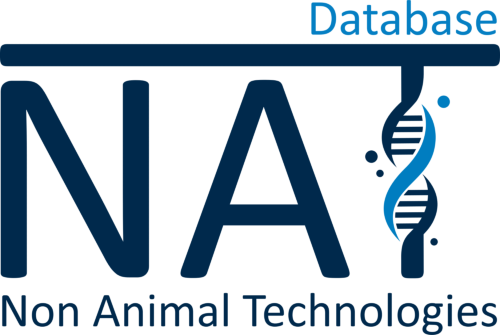Bronchial epithelial model for toxicity testing
2020
National Institute for Public Health and the Environment, Bilthoven, Netherlands
The development of in vitro toxicity testing of airborne particles involves generating air-liquid interface exposure systems that are very demanding for cell culture models. In fact, cell viability problems are common in different cell lines and this limits the exposure times. Thus, less-realistic conditions of exposure have to be applied when performing the tests. Here, a human bronchial epithelial cell line was used to develop a model based on air-liquid interface conditions for toxicity tests. The results showed that the model could be maintained for several weeks retaining a physiological phenotype. Moreover, it was possible to expose the model to continuous airflow to apply more realistic experimental conditions to airborne particles. Overall, the researchers develop a model that can be used to investigate the effect on bronchial epithelial cells of long-term exposure to toxic airborne particles in a realistic microenvironment.
An air-liquid interface bronchial epithelial model for realistic, repeated inhalation exposure to airborne particles for toxicity testing
Hedwig M Braakhuis
Added on: 11-30-2021
[1] https://www.jove.com/t/61210/an-air-liquid-interface-bronchial-epithelial-model-for-realistic





